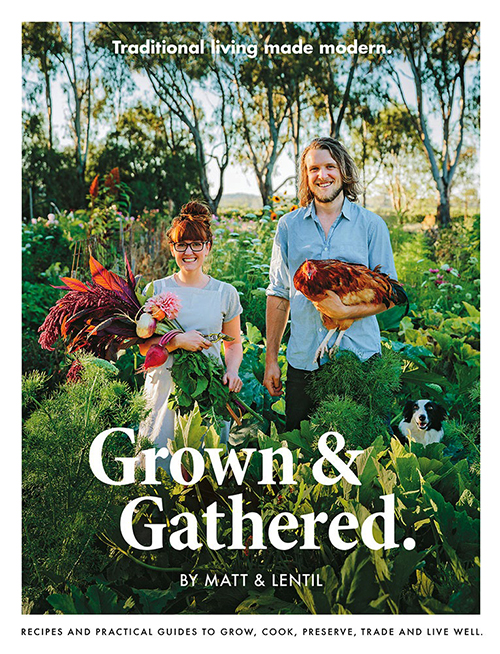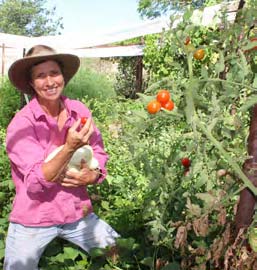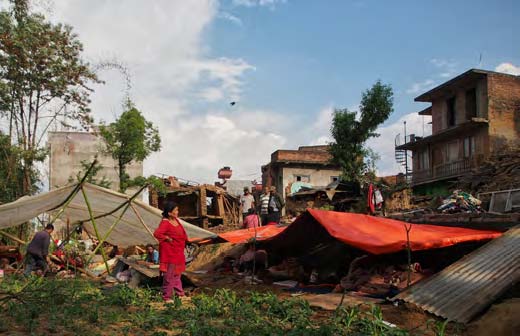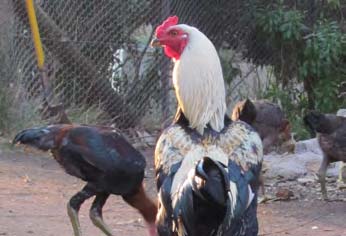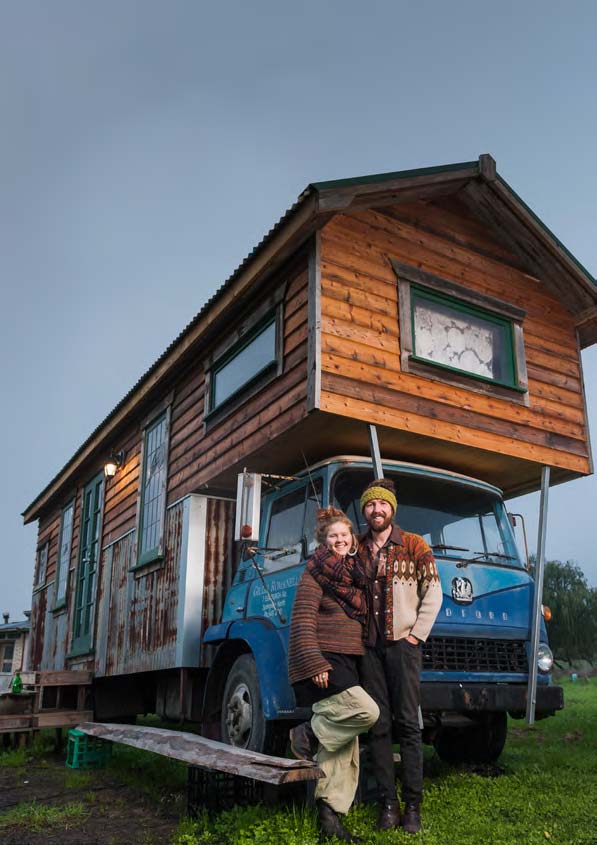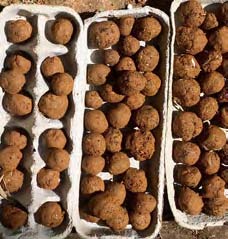Easy-Peasy $4 Singlet Dress
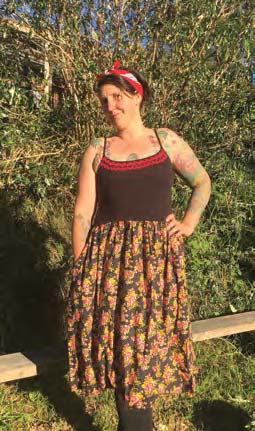
Western societies have been enthralled by technology since the beginning of the industrial revolution. From mechanised looms to 3D printers, technology has lifted people out of poverty, increased life expectancy, freed us from menial work, reduced pain and suffering, and helped us to see the world in new and illuminating ways. However, technology is a two-edged sword, for it has also brought pollution, extinctions, an exploding human population, unemployment and, of course, the warming of our planet.
SLOW TECHNOLOGY
A permaculture approach to technology is more like the ‘slow food’ movement than the high-tech, cutting edge of modern industry. It is technology that works for us, not enslaving us to it. It is technology that connects us to our place and community. It is beautiful and enhances our lives. It is more like a long, slow lunch with friends than a drive-through takeaway.

